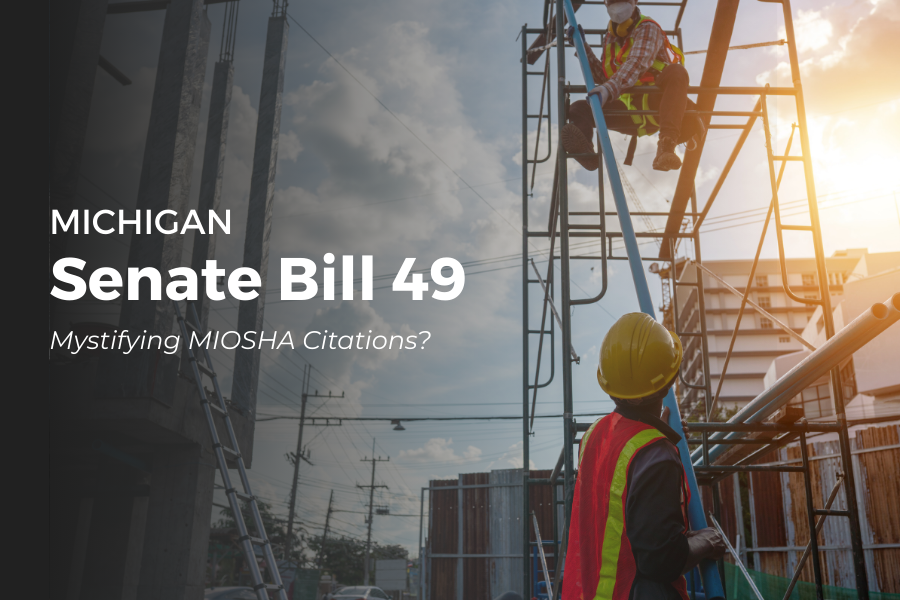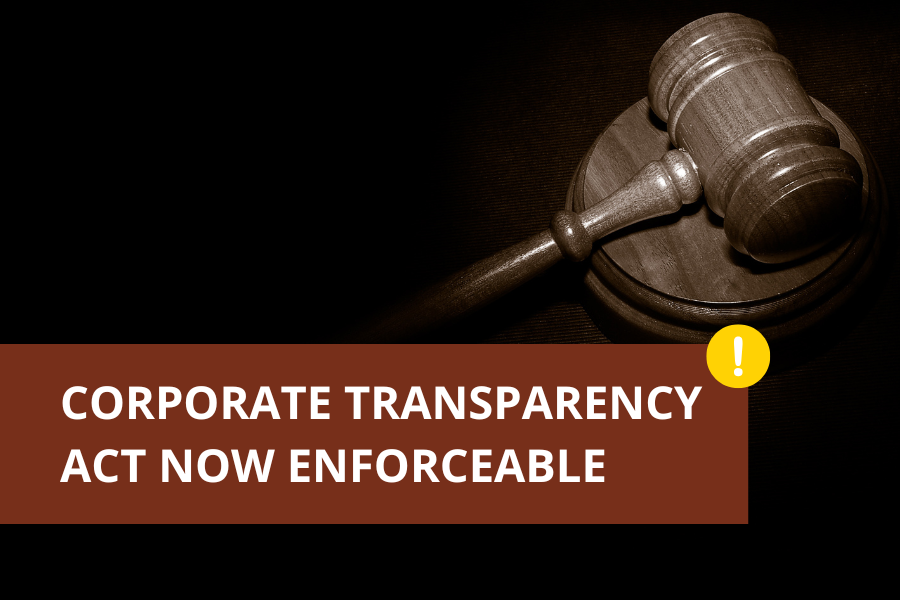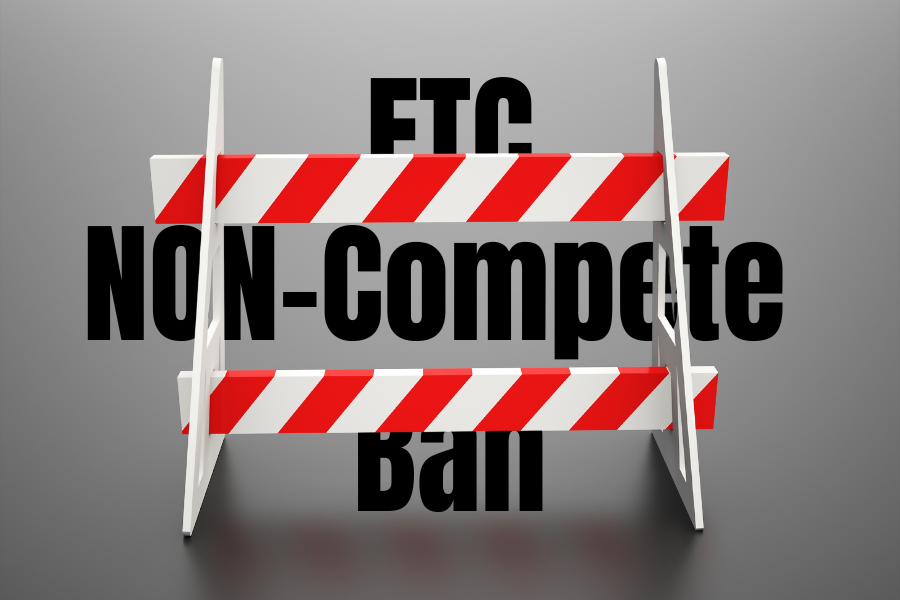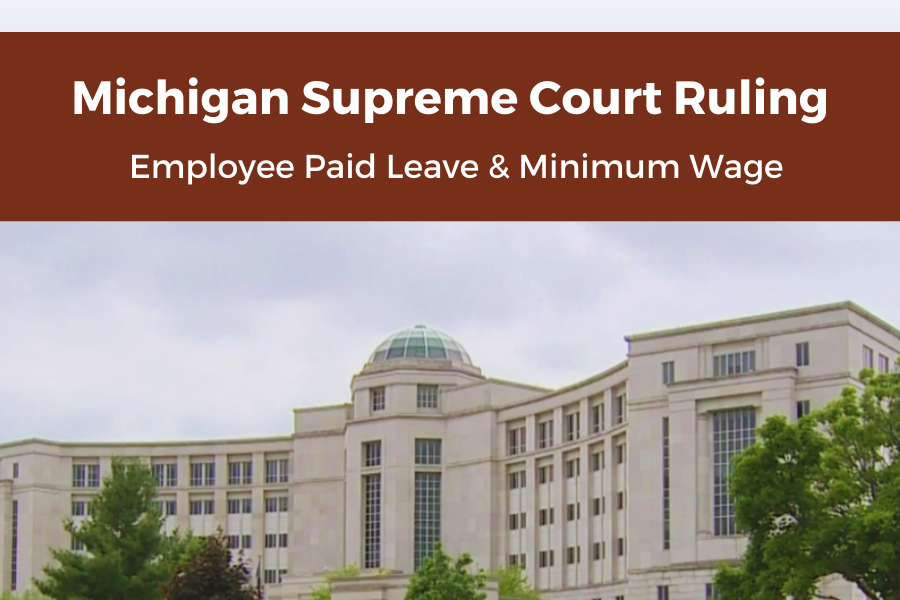The Kent County Circuit Court recently held that a contractor that returned to a project to perform repairs lost its lien rights because warranty work does not extend the 90-day timeframe in which a contractor must record its lien. The case provided yet another example of a contractor who thought it recorded its lien within 90 days from completing its work on a project when, in fact, it had not. As a result, the contractor’s claim to foreclose on its lien was dismissed and all that was left was a less powerful breach-of-contract claim.
The contractor performed concrete curb-and-gutter work on a mixed-use project. The contractor thought it had completed its work and submitted its final invoice on November 6. However, the owner was not satisfied with the curb-and-gutter work. As a result, the contractor attempted to repair the curb-and-gutter work on November 20. When the November 6 invoice went unpaid, the contractor recorded its lien on February 13 and identified November 20 as the late date of providing labor or material.
The Court held that the 90-day clock for the contractor to record its lien began to run on November 6—not November 20. Accordingly, the 90-day window to record its lien had closed. The Court’s ruling was grounded in the idea that warranty work does not extend the 90-day period in which to record a lien. The Court observed that the contractor finished its original work as of November 6 and, because it was only returning to “fix” its original work, the contractor did not add any value beyond the completion of the original work. Accordingly, the work performed on November 20 was warranty work and the lien filed in February 13th was 9 days late.
So what should the contractor have done differently?
First, the contractor should have given itself more of a cushion when recording its lien. In this example, it had become clear prior to February that the contractor was not going to be paid for what the owner considered to be defective work. At that point, the contractor should have recorded its lien to remove the possibility that any technicalities regarding the timing of its lien could impact the lien’s validity.
Second, the contractor should have understood that when it sent its final invoice, it was representing to the owner that its work was complete. From that point, any work that the contractor performed to correct its original work did not add new value to the project—it only attempted to restore the project to what was originally promised.
Third, to the extent that the contractor disagreed that its repair work was not warranty work, it should have made it clear to the owner at the time and in writing. After-the-fact rationalizations of why the contractor returned to repair its original work were not sufficient in the face of the final invoice that was submitted at the time. If there were any doubt about why the contractor was returning to perform work on November 20, it should have communicated its intentions to the owner at that time to at least create a question of whether the subsequent work was original or warranty work.










